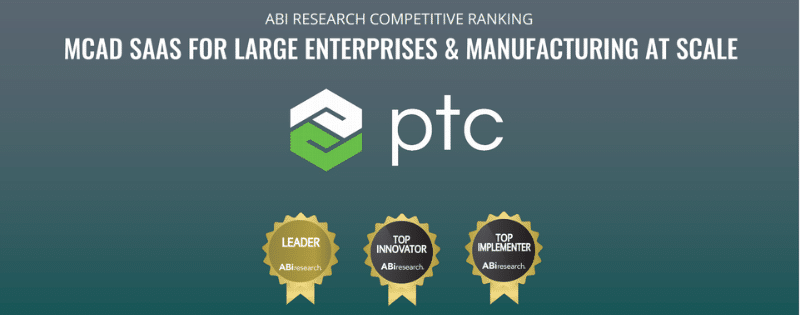In working with clients that span multiple industries, we have found that designers and engineering departments for most mid-sized to small companies in Discrete Manufacturing are more focused on hitting deadlines and don’t have the time to change or update their process or the way they work. However, adopting a Top-Down design process (rather than Bottom-Up) for your PTC CREO CAD models can save a lot of time downstream from building a better parametric model.
Here is the difference between a Bottom-Up design process and a Top-Down process.
- A Bottom-Up process focuses on the individual parts that make up an assembly. Each part is designed independently and in isolation from the other parts. They are then combined into an assembly as the last step.
- A Top-Down design process focuses on the entire assembly from the start. Individual parts are modeled referencing the assembly with each parts geometry tied back to the assembly.
So, when does it make sense to use one process over the other?
- The Bottom-Up design is ideally suited when most of the parts or components are off the shelf items. In this scenario it is much more difficult to adjust or change the individual components. • Top-Down design is ideal for designs where the components are not “off the shelf” and their dimension or function is driven from the assembly itself.
There is also a hybrid approach which uses both Top-Down and Bottom-Up, which is more common when modeling very large CAD assemblies (assemblies with a lot of parts). In this case the top-level assembly is generally Bottom-Up but the critical unique sub-assemblies use Top-Down design.
How can PTC Creo CAD software help with Top-Down and/or Bottom-Up modeling processes?
If you are manufacturing/designing simple component type parts and or assemblies using the Bottom-Up method, then Creo Design Essentials package is the best solution for you since it’s the basic license of Creo, but very feature rich.
If you are manufacturing larger assemblies or hybrid assemblies using the Top-Down approach you will want to utilize the capabilities of Creo’s Advanced Assembly Extension (AAX). Creo’s Advanced Assembly Extension does more than just Top-down design and skeleton models. Advanced Assembly also improves communication regarding design criteria and assembly references, as well as providing a concurrent design process.
To learn more check out our recent webinar recording (23 minutes) reviewing Creo’s Advanced Assembly Extension which shows an overview and demo of a Top-Down design methodology.
Please contact us if you have any questions or need any additional information.

